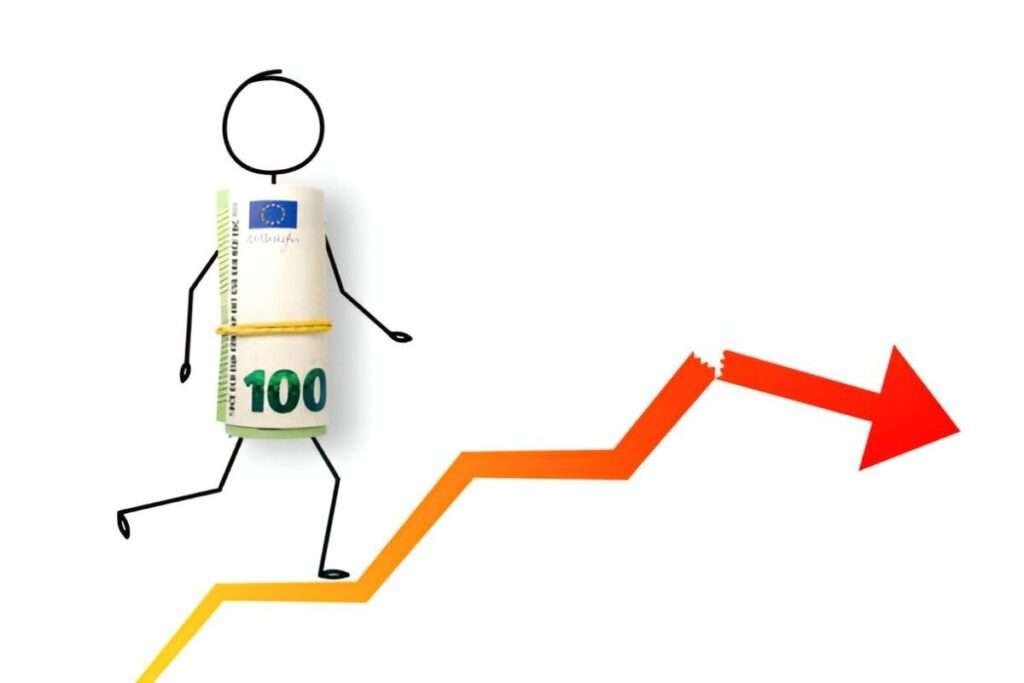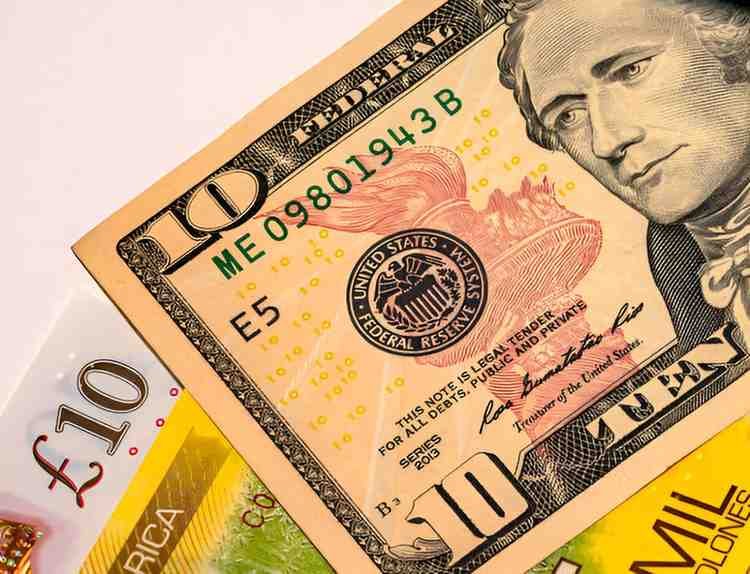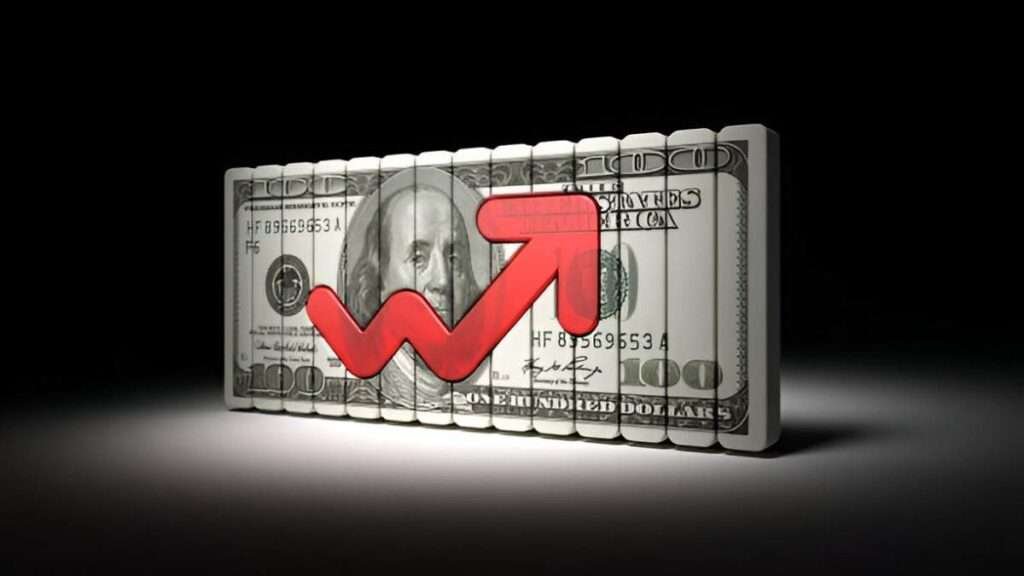Forex trading, or foreign exchange trading, is one of the most accessible and potentially lucrative financial markets in the world. With a daily trading volume exceeding $6 trillion, it dwarfs other markets like stocks and commodities. Yet, despite its size and accessibility, many aspiring traders struggle to go from zero to hero in forex. I’ve spent years studying, trading, and teaching forex, and in this article, I’ll share my insights on how you can master this market. Whether you’re a complete beginner or someone looking to refine your skills, this guide will provide you with the tools, strategies, and mindset needed to succeed.
Table of Contents
Understanding the Basics of Forex Trading
Before diving into strategies and advanced concepts, it’s essential to understand the fundamentals of forex trading. Forex, short for foreign exchange, involves buying one currency while simultaneously selling another. Currencies are traded in pairs, such as EUR/USD (Euro/US Dollar) or GBP/JPY (British Pound/Japanese Yen). The first currency in the pair is the base currency, and the second is the quote currency. The exchange rate tells you how much of the quote currency you need to buy one unit of the base currency.
For example, if the EUR/USD exchange rate is 1.20, it means you need 1.20 US dollars to buy one euro. The goal of forex trading is to profit from changes in exchange rates. If you believe the euro will strengthen against the dollar, you buy EUR/USD. If you think it will weaken, you sell.
The Role of Leverage in Forex Trading
One of the unique aspects of forex trading is the use of leverage. Leverage allows you to control a large position with a relatively small amount of capital. For instance, with a 50:1 leverage ratio, you can control a 50,000 position with just 50,000position with just 1,000 in your trading account. While leverage can amplify profits, it also increases risk. A small move against your position can result in significant losses.
Let’s illustrate this with an example. Suppose you have $1,000 in your account and use 50:1 leverage to buy one standard lot of EUR/USD (100,000 units). If the exchange rate moves from 1.2000 to 1.2100, your profit would be: \text{Profit} = (\text{Closing Price} - \text{Opening Price}) \times \text{Position Size}
With the values:
\text{Profit} = (1.2100 - 1.2000) \times 100,000 = 1,000This represents a 100% return on your initial $1,000 investment. However, if the exchange rate moves against you by just 1%, your entire account could be wiped out. This is why risk management is crucial in forex trading.
The Importance of Risk Management
Risk management is the cornerstone of successful forex trading. Without it, even the most skilled traders can blow up their accounts. I always emphasize the 2% rule: never risk more than 2% of your trading capital on a single trade. This ensures that you can survive a string of losses and continue trading.
To implement the 2% rule, you need to calculate your position size based on your stop-loss level. For example, if you have a 10,000account and are willingto risk210,000account and are willing to risk 2200) on a trade, and your stop-loss is 20 pips away, your position size should be:
\text{Position Size} = \frac{\text{Risk Amount}}{\text{Stop-Loss in Pips} \times \text{Pip Value}} = \frac{20}{20 \times 10} = 1 , \text{mini lot} , (10,000 , \text{units})This calculation ensures that if the trade hits your stop-loss, you only lose $200, or 2% of your account.
Developing a Trading Strategy
A trading strategy is a set of rules that guide your trading decisions. It should include entry and exit criteria, risk management rules, and a plan for managing trades. There are countless strategies in forex trading, but they generally fall into two categories: technical analysis and fundamental analysis.
Technical Analysis: The Art of Chart Reading
Technical analysis involves analyzing price charts to identify patterns and trends. The goal is to predict future price movements based on historical data. Common tools include trendlines, support and resistance levels, and technical indicators like moving averages and the Relative Strength Index (RSI).
For example, a simple moving average crossover strategy involves using two moving averages: a short-term one (e.g., 10-period) and a long-term one (e.g., 50-period). When the short-term moving average crosses above the long-term one, it’s a buy signal. When it crosses below, it’s a sell signal.
Let’s say the 10-period moving average of EUR/USD crosses above the 50-period moving average at 1.2000. You decide to buy one mini lot (10,000 units) with a stop-loss at 1.1950 and a take-profit at 1.2100. If the trade hits your take-profit, your profit would be:For profit:
\text{Profit} = (1.2100 - 1.2000) \times 10,000 = 100For loss:
\text{Loss} = (1.2000 - 1.1950) \times 10,000 = 50This strategy provides a clear framework for making trading decisions, but it’s essential to backtest it on historical data to ensure its effectiveness.
Fundamental Analysis: The Big Picture
Fundamental analysis involves analyzing economic, political, and social factors that influence currency prices. Key indicators include interest rates, inflation, GDP growth, and employment data. For example, if the US Federal Reserve raises interest rates, the US dollar typically strengthens because higher rates attract foreign investment.
Let’s consider an example. Suppose the US releases a strong Non-Farm Payrolls (NFP) report, showing a significant increase in employment. This is a positive sign for the US economy and could lead to a stronger dollar. If you believe the dollar will strengthen against the euro, you might sell EUR/USD.
However, fundamental analysis is more complex than technical analysis because it requires a deep understanding of global economics. It’s also more subjective, as different traders may interpret the same data differently.
Combining Technical and Fundamental Analysis
While some traders specialize in one type of analysis, I prefer to combine both. Technical analysis helps me identify entry and exit points, while fundamental analysis provides context for the overall trend. For example, if the US dollar is fundamentally strong due to rising interest rates, I’ll look for technical buy signals in USD pairs.
The Psychology of Forex Trading
Trading psychology is often overlooked, but it’s just as important as strategy and risk management. Emotions like fear and greed can cloud your judgment and lead to poor decisions. I’ve seen many traders abandon their strategies after a few losses, only to miss out on profitable trades.
One of the most common psychological pitfalls is revenge trading. After a loss, some traders try to recover their losses by taking bigger risks. This often leads to even greater losses. To avoid this, I always remind myself that losses are part of the game. The key is to stick to your strategy and manage your risk.
Another important aspect of trading psychology is discipline. It’s easy to get excited after a few wins and start overtrading. But overtrading can lead to careless mistakes and increased risk. I set daily and weekly trading limits to keep myself in check.
Building a Trading Plan
A trading plan is a written document that outlines your trading strategy, risk management rules, and goals. It serves as a roadmap, helping you stay focused and disciplined. Here’s an example of what a trading plan might look like:
- Trading Strategy: Use a moving average crossover strategy with a 10-period and 50-period moving average. Enter long when the 10-period crosses above the 50-period, and enter short when it crosses below.
- Risk Management: Risk no more than 2% of the account on any single trade. Use a stop-loss of 20 pips and a take-profit of 40 pips.
- Position Sizing: Calculate position size based on the 2% rule and stop-loss level.
- Trading Hours: Trade during the London and New York sessions when volatility is highest.
- Review and Adjust: Review performance weekly and adjust the strategy as needed.
Having a trading plan helps you stay consistent and avoid impulsive decisions. It also makes it easier to track your progress and identify areas for improvement.
The Role of Technology in Forex Trading
Technology has revolutionized forex trading, making it more accessible and efficient. Trading platforms like MetaTrader 4 and 5 offer advanced charting tools, automated trading, and real-time news feeds. These platforms allow you to execute trades with just a few clicks and monitor your positions from anywhere in the world.
Automated trading, or algorithmic trading, is another technological advancement that has gained popularity. With automated trading, you can program your strategy into a trading robot, which will execute trades on your behalf. This eliminates the emotional aspect of trading and ensures that your strategy is followed precisely.
However, automated trading is not without risks. The algorithms are only as good as the strategies they’re based on, and they can’t adapt to unexpected market events. I always recommend testing any automated strategy on a demo account before using it with real money.
The Impact of Socioeconomic Factors on Forex Trading
As a US-based trader, it’s important to consider how domestic and global socioeconomic factors influence the forex market. The US dollar is the world’s reserve currency, and its value is influenced by factors like interest rates, inflation, and geopolitical events.
For example, during the COVID-19 pandemic, the US dollar initially strengthened as investors sought safe-haven assets. However, as the Federal Reserve slashed interest rates and implemented quantitative easing, the dollar weakened. Understanding these dynamics can help you make more informed trading decisions.
Another factor to consider is the US trade balance. A trade deficit (imports exceeding exports) can put downward pressure on the dollar, while a trade surplus can strengthen it. Monitoring trade data and other economic indicators can give you an edge in the market.
Common Mistakes to Avoid in Forex Trading
Even experienced traders make mistakes, but being aware of common pitfalls can help you avoid them. Here are some of the most common mistakes I’ve seen:
- Overtrading: Taking too many trades can lead to increased risk and reduced focus. Stick to your trading plan and avoid the temptation to trade excessively.
- Ignoring Risk Management: Failing to use stop-losses or risking too much on a single trade can result in significant losses. Always prioritize risk management.
- Chasing Losses: Trying to recover losses by taking bigger risks often leads to even greater losses. Accept that losses are part of trading and stick to your strategy.
- Lack of Patience: Successful trading requires patience. Don’t rush into trades or exit them prematurely. Wait for your strategy to play out.
- Overreliance on Indicators: While technical indicators are useful, relying on too many can lead to analysis paralysis. Focus on a few key indicators that align with your strategy.
Conclusion: The Path from Zero to Hero in Forex Trading
Going from zero to hero in forex trading is a journey that requires knowledge, discipline, and perseverance. By understanding the basics, developing a solid trading strategy, and managing your risk, you can increase your chances of success. Remember that trading is not a get-rich-quick scheme; it’s a skill that takes time to master.
I’ve shared my insights and experiences in this article, but the real work is up to you. Start by educating yourself, practicing on a demo account, and gradually transitioning to live trading. Stay disciplined, manage your emotions, and continuously refine your strategy. With dedication and the right mindset, you can achieve your goals and become a successful forex trader.
This article provides a comprehensive overview of forex trading, from the basics to advanced strategies. By following the principles outlined here, you can navigate the complexities of the forex market and work towards becoming a successful trader. Remember, the journey from zero to hero is not easy, but with the right approach, it’s entirely achievable.





